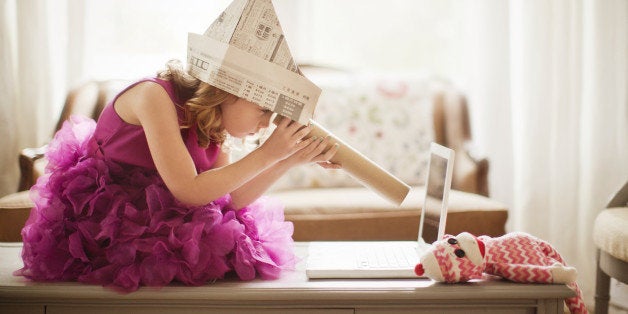
Last weekend, the New York Times ran a story about the popularity of pink toy weapons, adding fuel to the ongoing debate over the so-called "pink aisle" at toy stores — that is, the lines of pink Legos, pink science kits, and now pink bows and arrows that manufacturers market specifically to young girls. “The result,” the Times tells us, “is a selection of toys that, oddly, both challenges antiquated notions and plays to them deeply.” Sharon Lamb, a child psychologist and play therapist at the University of Massachusetts, who is quoted in the story, generally applauds the toys as a good way for girls to express aggressive impulses but tells the Times: “What I don’t like is the stereotyped girlifying of this. Do they have to be in pink?”
Well, no: Of course they don’t “have to” be pink. But when we treat pink — and the girls who like it — with the condescension that question implies, what are we really saying? No symbol of girl culture is more powerful than pink; from princesses, tutus, and ponies, to Valley Girl accents and high-pitched voices. Today the color reads instantly as feminine, and carries all kinds of baggage about what it means to be feminine in a particular way — to be girly.
